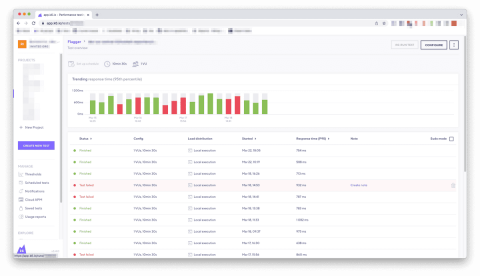Build Insights: A first-hand look
Bitrise’s Build Insights functionality allows you to track your build and test performance so that you can stay on target and accelerate your build pipelines. In this article, we’ll take a look at the video tutorial series recently released that gives you a first-hand look at Build Insights.











